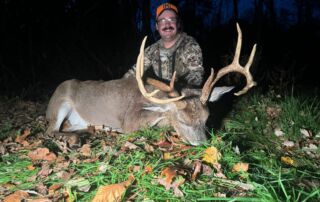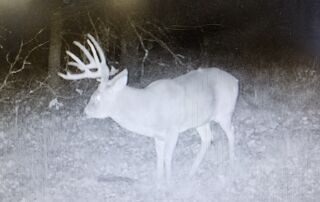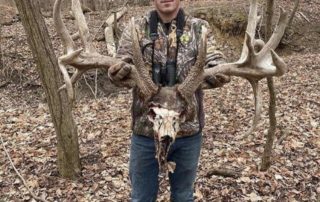New Moon Phase Means Hot Deer Rut
Here on the blog last August, I wrote: In all my years of chasing whitetails across North America, I’ve noticed the tendency for the animals to move most in twilight is magnified during a new (dark) moon that overlaps the seeking phase of the rut, as it does this year. I went on to predict that the new moon week of November 2 through 6 would be five of the best days to hunt in 2024. Not coincidentally, we planned our annual Virginia deer camp to start on November 2, in the middle of archery season and during the first week of muzzleloader. This is typically when what I call the “hard pre-rut” occurs in the Virginia Piedmont. Weeks earlier, [...]





